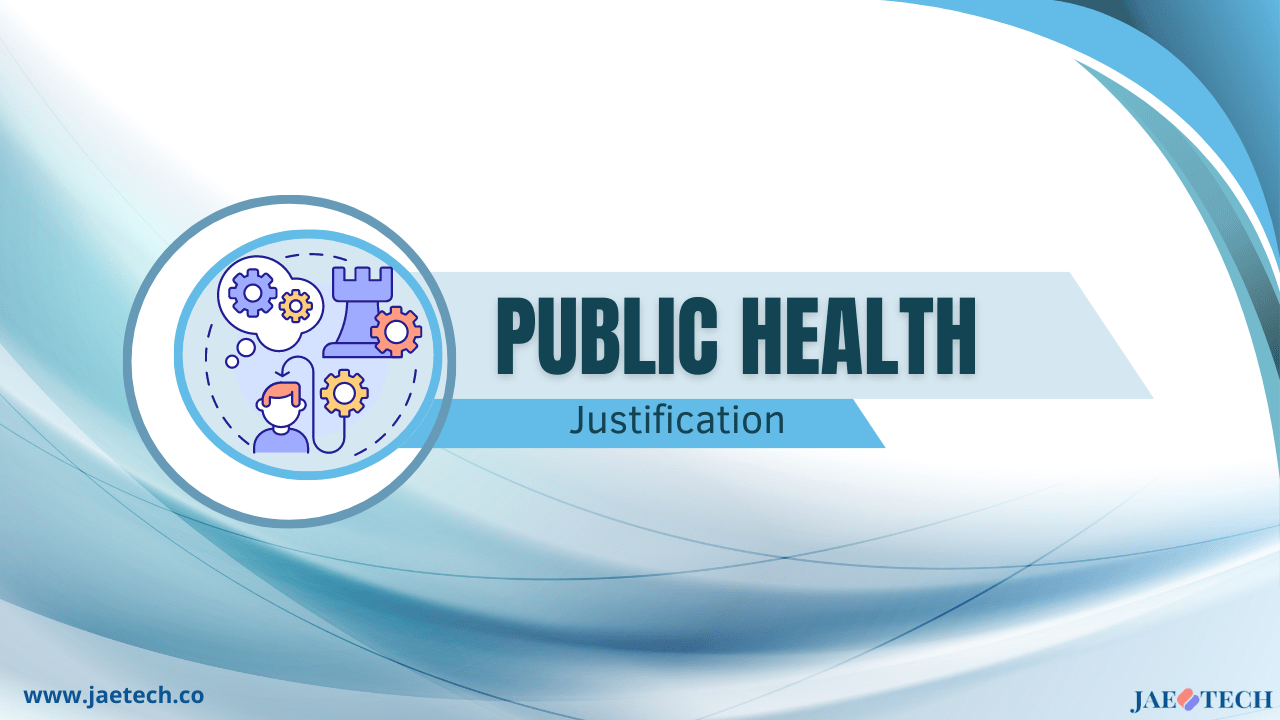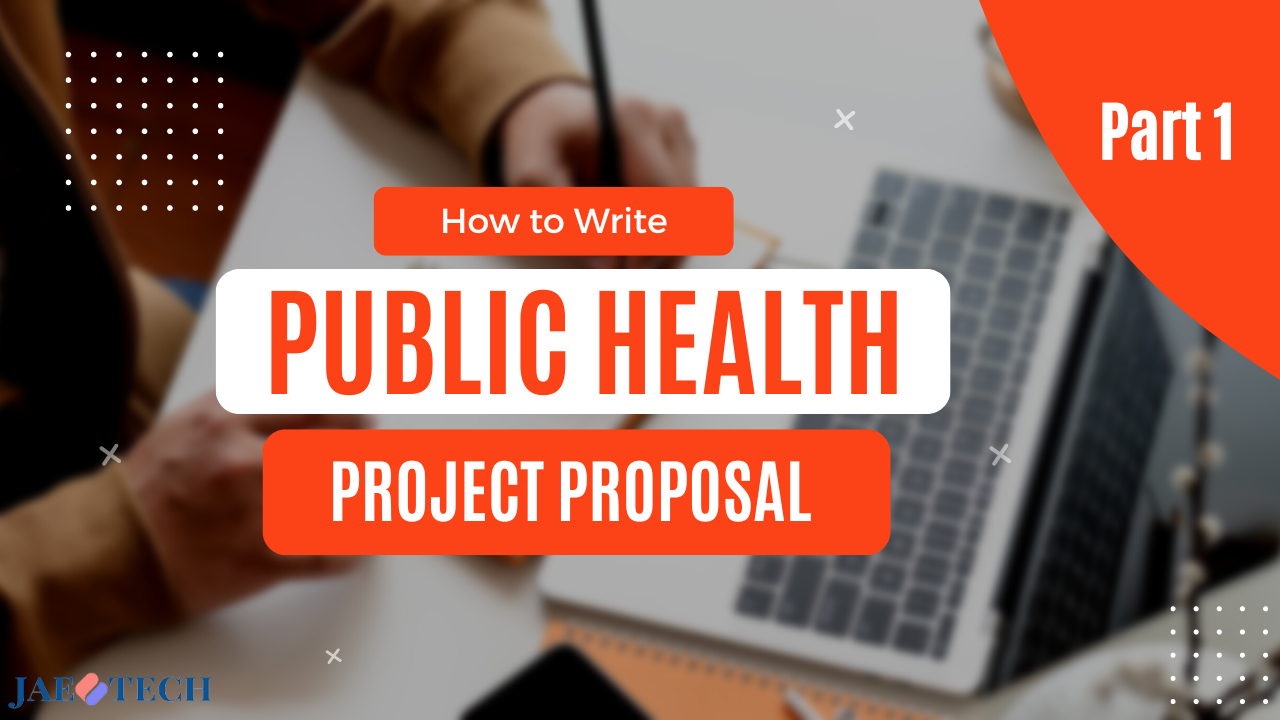How to write Public Health proposal? (Part-2: Justification)
When writing the justification for a public health proposal, you need to provide a clear and persuasive argument for why your proposed intervention is necessary and why it deserves funding or support. Here’s a step-by-step guide to help you write a strong justification for your public health proposal:
Identify the problem: Clearly describe the public health problem or issue that your proposal aims to address. Provide relevant background information, statistics, and evidence to demonstrate the significance and impact of the problem on individuals, communities, and society as a whole.
Example: “The prevalence of [specific public health issue] in our community has reached alarming levels, with [statistics or data] indicating a significant burden on both the affected individuals and our healthcare system. This problem poses a direct threat to the well-being and quality of life of our community members.“
Explain the urgency: Emphasize the urgency of addressing the public health issue. Highlight any immediate risks, negative consequences, or potential for further escalation if the problem is not tackled promptly. Use compelling language and evidence to convey a sense of urgency.
Example: “Immediate action is crucial to prevent the further spread and devastating consequences of [specific public health issue]. Without intervention, we risk seeing a rapid increase in cases, severe health complications, and a significant strain on our healthcare infrastructure. The longer we delay, the more lives and resources will be at stake.“
Present the benefits and outcomes: Clearly articulate the positive impact and benefits that your proposed intervention can achieve. Describe how it will contribute to improving health outcomes, enhancing community well-being, and addressing the root causes of the problem. Use evidence-based information and success stories from similar interventions, if available, to strengthen your justification.
Example: “Implementing our proposed intervention will lead to a range of positive outcomes. By addressing the underlying factors contributing to [specific public health issue], we anticipate a decrease in the incidence and prevalence of the problem, improved access to healthcare services, and enhanced community awareness. This will result in better health outcomes, reduced healthcare costs, and an overall improvement in the well-being of our community members.“
Highlight alignment with public health priorities: Connect your proposal to the broader public health priorities and initiatives at local, regional, or national levels. Demonstrate how your intervention aligns with existing policies, strategies, or frameworks, and how it contributes to the overall public health agenda.
Example: “Our proposed intervention aligns with the strategic objectives outlined in the [relevant public health initiative or policy], which emphasizes the importance of addressing [specific public health issue]. By supporting our proposal, we will contribute to the broader efforts of improving population health, reducing health disparities, and promoting a healthier and more resilient community.“
Provide cost-effectiveness: Justify the cost-effectiveness of your proposal by demonstrating that the benefits and outcomes outweigh the investment required. Discuss the potential savings in healthcare costs, productivity gains, or long-term economic benefits that can result from your intervention.
Example: “While the initial investment is associated with implementing our proposed intervention, the long-term benefits far outweigh the costs. By preventing the escalation of [specific public health issue, we will reduce the burden on our healthcare system, decrease hospitalization rates, and alleviate the financial strain on individuals and families. This will result in significant cost savings and a healthier, more productive community.“
Conclude with a call to action: Summarize your justification by reiterating the importance of your proposed intervention and the need for support or funding. Encourage the reader to take action and emphasize the positive impact that their support can have on the community’s health and well-being.
Example: “In conclusion, our proposal represents a vital step towards addressing the pressing public health issue of [specific public health issue]. By investing in this intervention, we have an opportunity to make a tangible difference in the lives of our community members and build a healthier future for generations to come. We urge you to support this proposal and join us in our commitment to improving public health outcomes.“



